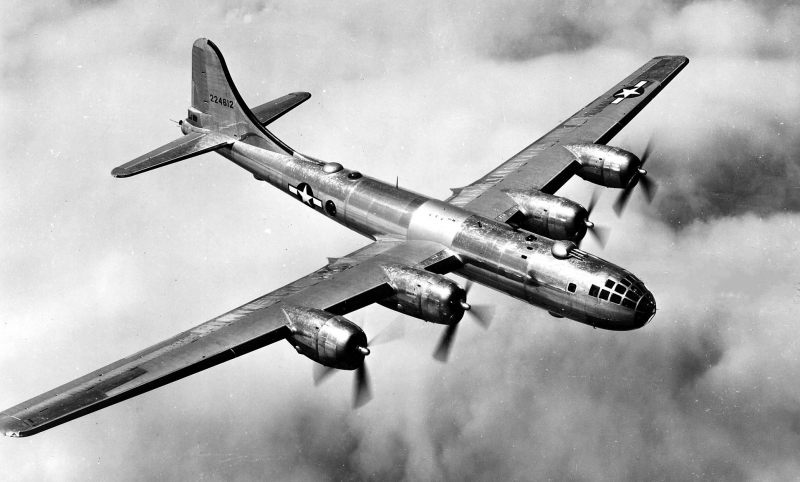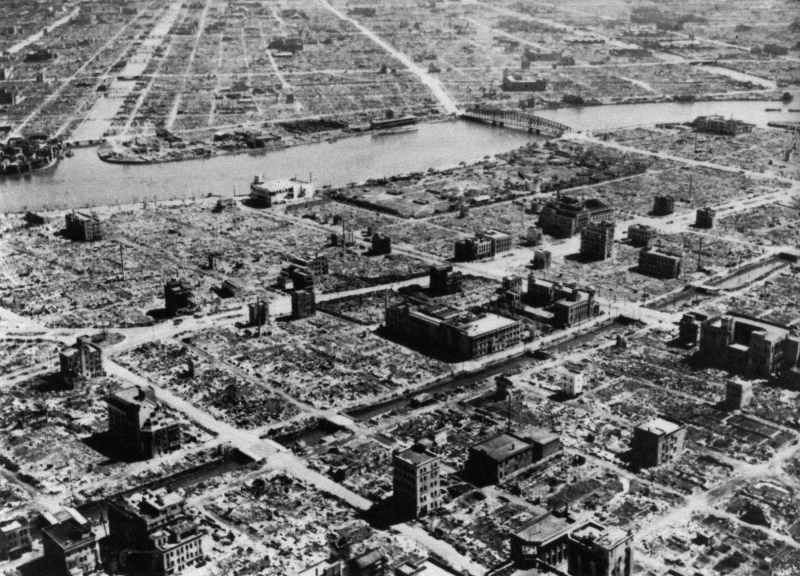Operation Meetinghouse
When a swarm of American B-29 bombers began to approach Tokyo on the night of March 9, 1945, many residents mistook them for reconnaissance planes, which were common in Japan at the time. They had no idea that they were about to witness possibly the worst few hours in the history of warfare for a civilian population, as it was only the beginning of the deadliest air raid in history - Operation Meetinghouse.
The bombers' guns were removed to increase cargo capacity, and they were loaded with newly designed incendiary weaponry such as napalm and white phosphorus. That night, about 1,500 tons of incendiary bombs were dropped on a 16-square-mile region chosen for its largely timber and paper structures. The aim was to completely destroy the target, and at the conclusion of it a few hours later, there was no doubt that it had been accomplished.
That night, from 80,000 to 100,000 people perished in Tokyo for a variety of causes. The following stampede crushed several, since the explosives had built many enormous fire-walls around the city, trapping panicked individuals within and burning them alive. Many people who sought refuge in swimming pools and other bodies of water were cooked alive as temperatures hit 1,800 degrees on the ground in some locations.
The only survivors were those who had managed to flee before the devastating firestorms began, or those who were buried beneath heaps of the dead, sheltered from the lethal flames. It was so awful that some American pilots reported a stench of burning flesh and had to wear oxygen masks to breathe, as well as extreme turbulence right over the afflicted region owing to the firestorms.
- Year: 1945
- Location: Tokyo, Japan
- Deaths: 100,000 people












